Canonical URL Optimization: The Key to Indexability


Understanding the Importance of Canonical URLs
Canonical URL optimization is a crucial aspect of search engine optimization (SEO) that is often overlooked, yet it plays a vital role in ensuring the indexability and visibility of your website. In today's digital landscape, where content is abundant and competition is fierce, having a well-optimized canonical URL structure can make all the difference in how your site is perceived and ranked by search engines.
A canonical URL is the preferred version of a web page that search engines should index and display in search results. This is particularly important when a web page can be accessed through multiple URLs, such as with URL parameters, session IDs, or duplicate content. By specifying the canonical URL, you're telling search engines which version of the page should be considered the original and authoritative source.
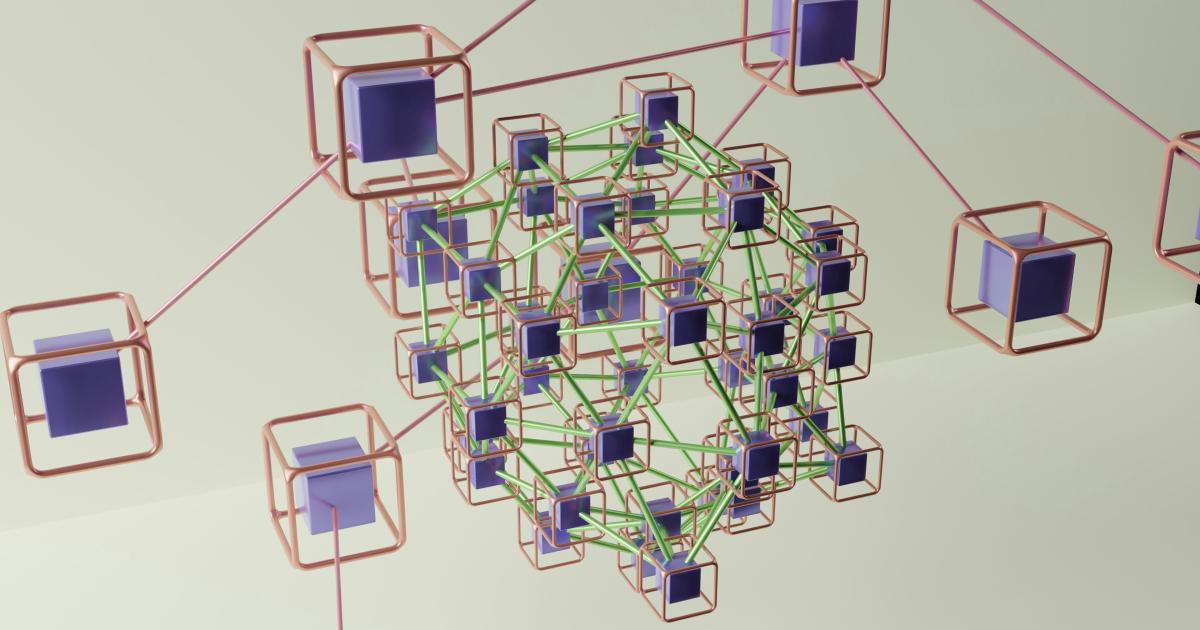
Without proper canonical URL optimization, search engines may struggle to determine the most relevant version of a page, leading to issues like duplicate content, diluted link equity, and reduced overall visibility. These problems can have a significant impact on your website's search engine rankings, organic traffic, and the user experience.
In this comprehensive article, we'll explore the importance of canonical URL optimization, provide step-by-step guidance on how to implement it effectively, and discuss the potential benefits and challenges you may encounter along the way.
The Anatomy of a Canonical URL
Before we dive into the optimization process, it's essential to understand the anatomy of a canonical URL and the various elements that contribute to its effectiveness.
A canonical URL typically consists of the following components:
Protocol: The protocol, usually http:// or https://, which specifies the method of accessing the web page.
Domain: The unique web address that represents your website, such as www.example.com.
Path: The specific location of the web page within your website's structure, like /blog/article-title.
Query Parameters: Optional elements that provide additional information or filtering options, often denoted by a ? and followed by key-value pairs (e.g., ?utm_source=social&utm_medium=twitter).
Fragment Identifiers: Also known as "hash fragments," these are used to specify a particular section or anchor within a web page, typically starting with a # symbol (e.g., #section-2).
When optimizing your canonical URLs, it's crucial to ensure that each of these elements is consistent and accurately reflects the intended version of the page.
Identifying Potential Canonical URL Issues
Before you can optimize your canonical URLs, it's essential to identify any potential issues or inconsistencies in your current URL structure. Some common problems that can arise include:
- Duplicate Content: Multiple versions of the same page accessible through different URLs, leading to confusion for search engines.
- URL Parameters: Excessive or unnecessary query parameters that can create multiple versions of the same page.
- Inconsistent Capitalization: Variations in the capitalization of the domain, path, or other URL elements.
- Trailing Slashes: Inconsistent use of trailing slashes at the end of URLs.
- HTTP vs. HTTPS: Mixing of secure (HTTPS) and non-secure (HTTP) versions of the same page.
By identifying and addressing these issues, you can ensure that your canonical URLs are clean, consistent, and optimized for search engine indexing.
Implementing Canonical URL Best Practices
Now that you understand the importance of canonical URLs and the potential problems to address, let's dive into the best practices for implementing an effective canonical URL strategy.
1. Identify the Preferred Version of Each Page
The first step in optimizing your canonical URLs is to determine the preferred version of each page on your website. This is typically the version that you want search engines to index and display in their search results.
To identify the preferred version, consider the following factors:
- URL Structure: The URL structure that best reflects the content and hierarchy of your website.
- Parameter Management: Minimize the use of unnecessary query parameters, which can create duplicate versions of the same page.
- Secure vs. Non-Secure: Prioritize the secure (HTTPS) version of your pages, as this is the preferred protocol for most search engines and users.
- Trailing Slashes: Consistently use or remove trailing slashes at the end of your URLs.

By clearly defining the preferred version of each page, you'll be able to establish a consistent canonical URL structure that search engines can easily understand and index.
2. Implement Canonical URL Tags
Once you've identified the preferred version of each page, the next step is to implement the canonical URL tag in the HTML of your web pages. This tag tells search engines which version of the page should be considered the authoritative source.
The canonical URL tag is placed within the <head> section of your HTML document and looks like this:
<link rel="canonical" href="https://www.example.com/preferred-page-url" />
The href attribute should contain the URL of the preferred version of the page. This ensures that search engines know which version to index and display in their search results.
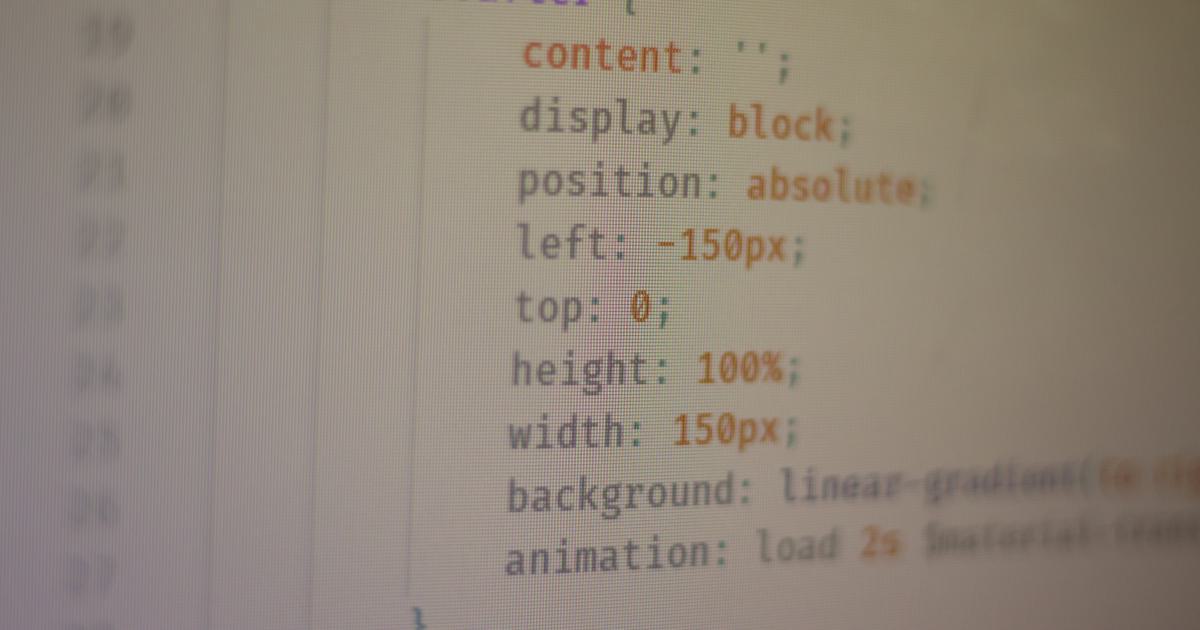
It's important to note that the canonical URL tag should be present on every page of your website, even if there are no obvious URL variations or duplicate content issues. This helps search engines understand the preferred version of each page, even if there are no obvious alternatives.
3. Implement Redirects for Non-Preferred URLs
In addition to the canonical URL tag, you should also implement redirects for any non-preferred URLs that point to the preferred version of the page. This ensures that users (and search engines) are seamlessly directed to the correct, canonical version of the page.
There are two main types of redirects you can use:
301 (Permanent) Redirects: These are the preferred method for redirecting non-preferred URLs, as they signal to search engines that the page has been permanently moved to a new location.
302 (Temporary) Redirects: These should be used only in cases where the redirection is temporary, such as during website maintenance or updates.
Implementing these redirects can be done at the server level (e.g., in your web server's configuration file) or using server-side scripting languages like PHP, ASP.NET, or Node.js.
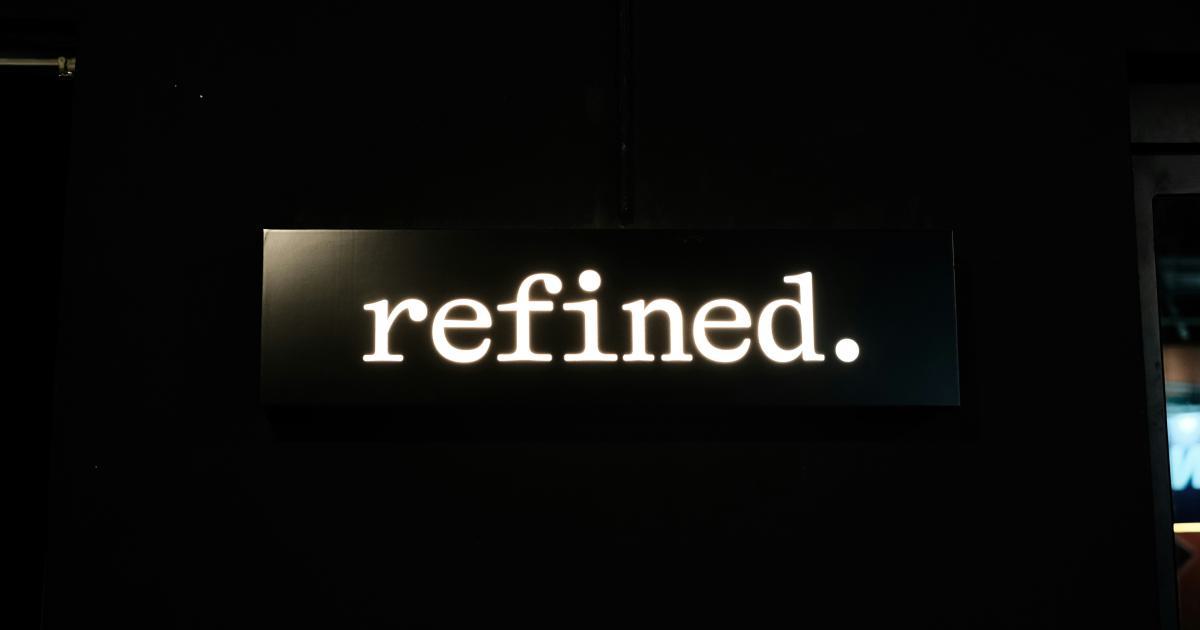
By using redirects in conjunction with the canonical URL tag, you can ensure that both users and search engines are directed to the correct, preferred version of your web pages.
4. Monitor and Maintain Your Canonical URLs
Canonical URL optimization is an ongoing process, as your website's content and structure may change over time. It's essential to regularly monitor and maintain your canonical URLs to ensure they remain accurate and up-to-date.
Some key tasks to include in your ongoing canonical URL maintenance:
- Audit for New or Changed URLs: Periodically review your website to identify any new pages or URL changes that may require canonical URL updates.
- Check for Duplicate Content: Use tools like Google Search Console or SEMrush to scan your website for potential duplicate content issues that may require canonical URL adjustments.
- Test Redirects: Regularly test your redirects to ensure they are functioning correctly and directing users and search engines to the proper canonical URLs.
- Stay Up-to-Date with Search Engine Guidelines: Keep informed about any changes or updates to search engine guidelines regarding canonical URL best practices.
By proactively monitoring and maintaining your canonical URL structure, you can ensure that your website remains well-optimized and easily indexable by search engines over time.
The Benefits of Canonical URL Optimization
Implementing a robust canonical URL strategy offers a range of benefits that can positively impact your website's performance and visibility in search engine results. Let's explore some of the key advantages:
1. Improved Indexability
One of the primary benefits of canonical URL optimization is improved indexability. By clearly indicating the preferred version of each page, you're making it easier for search engines to understand the structure and hierarchy of your website. This, in turn, leads to more efficient and comprehensive indexing of your content, which can directly impact your search engine rankings.
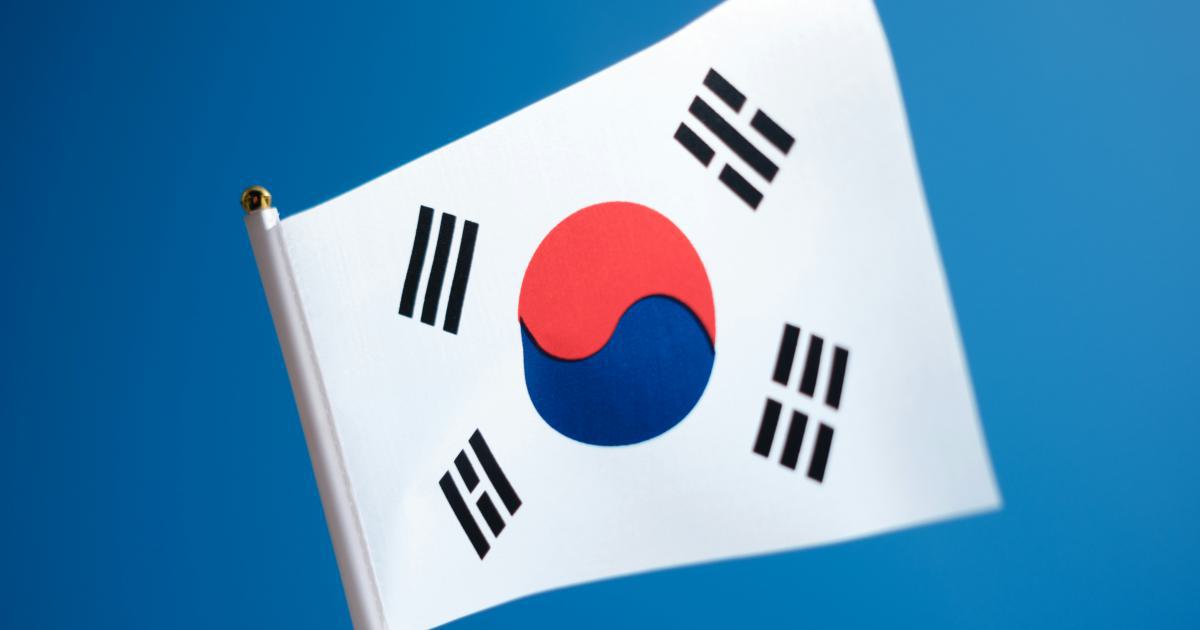
2. Reduced Duplicate Content Issues
Duplicate content is a common issue that can significantly hinder a website's search engine visibility. By implementing canonical URLs, you're effectively telling search engines which version of a page is the authoritative source, reducing the risk of duplicate content penalties and ensuring that your content is properly attributed.

3. Consolidated Link Equity
When multiple versions of a page exist, the link equity (the value of inbound links) becomes diluted across those versions. By consolidating your content under a single, canonical URL, you're ensuring that all the link equity is directed to the preferred version of the page, which can positively impact your search engine rankings.

4. Enhanced User Experience
Consistent and well-optimized canonical URLs can also contribute to a more seamless user experience. When users interact with your website, they expect a clean and intuitive URL structure that reflects the content and hierarchy of the site. By implementing canonical URLs, you're providing a more coherent and intuitive navigation experience, which can lead to increased user engagement and satisfaction.

5. Improved Analytics and Reporting
Canonical URL optimization can also benefit your website's analytics and reporting. By consolidating multiple versions of a page under a single canonical URL, you're ensuring that all user interactions and metrics are accurately attributed to the preferred version of the page. This can lead to more reliable and insightful data, which can inform your future content and optimization strategies.
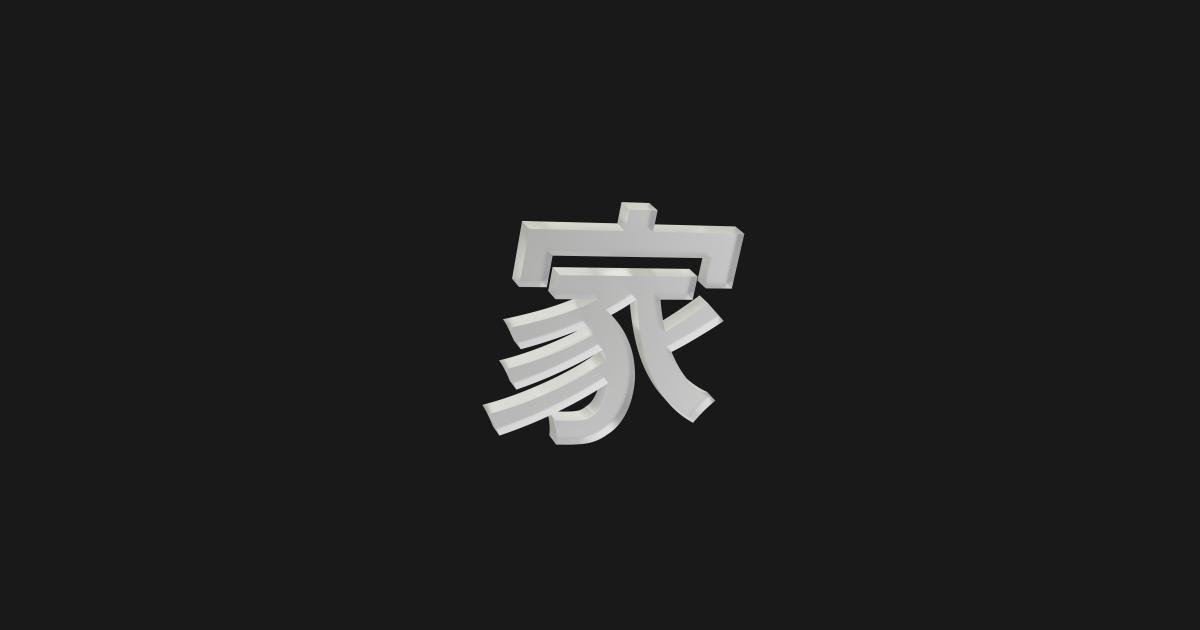
Overcoming Canonical URL Challenges
While the benefits of canonical URL optimization are numerous, there are also some challenges that you may encounter during the implementation process. Understanding these challenges and how to address them can help ensure a smooth and effective canonical URL strategy.
1. Identifying Duplicate Content
Accurately identifying duplicate content can be a significant challenge, especially on larger websites with complex structures or dynamic content. Search engines may not always recognize duplicate content, and you may need to use specialized tools or techniques to identify and address these issues.

2. Dealing with URL Parameters
URL parameters can be a common source of duplicate content, as they can create multiple versions of the same page. Navigating the correct use of parameters and ensuring they are properly handled in your canonical URL structure can be a delicate balancing act.

3. Cross-Domain Canonical URLs
In some cases, you may need to implement cross-domain canonical URLs, where the preferred version of a page exists on a different domain. This can be particularly challenging when dealing with syndicated content or content shared across multiple websites.

4. Monitoring and Maintenance
As mentioned earlier, canonical URL optimization is an ongoing process that requires regular monitoring and maintenance. Keeping track of changes to your website's structure, content, and search engine guidelines can be a time-consuming task, but it's essential for maintaining the effectiveness of your canonical URL strategy.
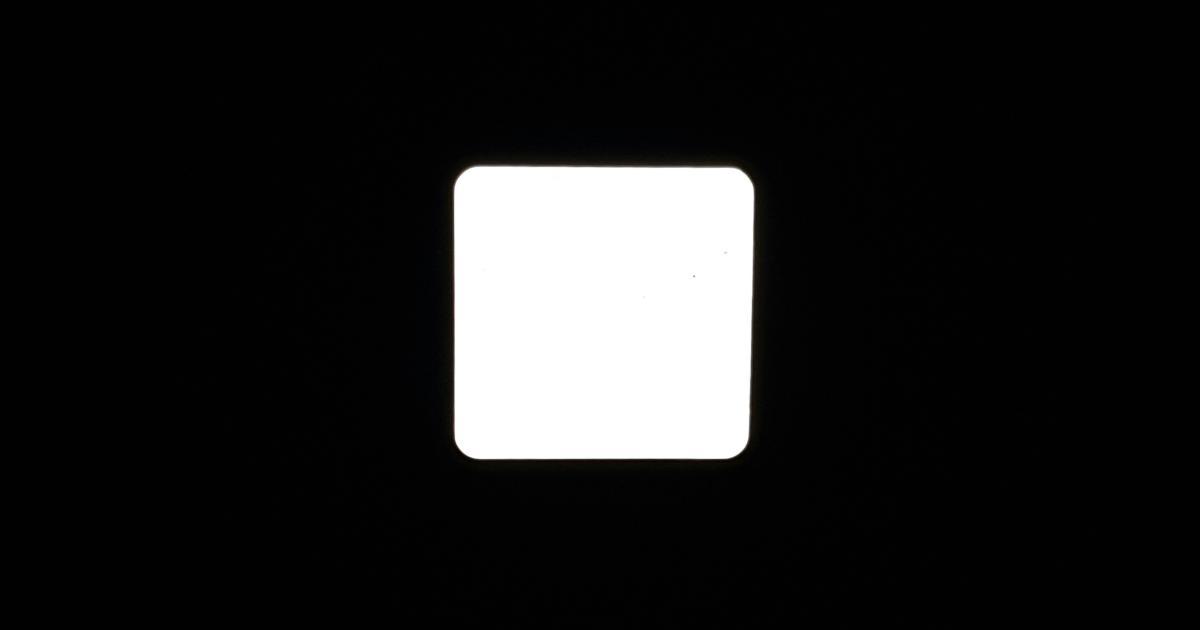
To overcome these challenges, it's crucial to have a well-defined process for identifying and addressing canonical URL issues, as well as a plan for regularly monitoring and maintaining your website's URL structure. This may involve the use of specialized tools, collaboration with your development team, and staying up-to-date with the latest search engine guidelines and best practices.
Conclusion
Canonical URL optimization is a critical component of any comprehensive SEO strategy. By clearly defining and implementing the preferred version of each page on your website, you're providing search engines with the information they need to accurately index and display your content in search results.
The benefits of canonical URL optimization are numerous, including improved indexability, reduced duplicate content issues, consolidated link equity, enhanced user experience, and better analytics and reporting. However, it's essential to be mindful of the challenges that may arise, such as identifying duplicate content, managing URL parameters, and maintaining your canonical URL structure over time.
By following the best practices outlined in this article and staying vigilant in your monitoring and maintenance efforts, you can ensure that your website's canonical URL optimization remains a key driver of your online success. Remember, a well-optimized canonical URL structure is the foundation for a highly indexed and visible website, ultimately leading to more traffic, engagement, and conversions for your business.
Are You Crushing It in Internet Marketing?
Struggling to boost your online visibility and traffic? Semrush is the ultimate platform for digital marketers like you. With powerful SEO tools and competitive data insights, you can optimize your website, content, and campaigns for maximum impact.
Join over 7 million marketers already using Semrush to outrank their competitors, drive more qualified leads, and grow their businesses online. Get started today with a 7-day free trial, and unlock the full potential of your internet marketing strategy.
Unlock the Power of SEO with Semrush
Are you struggling to boost your online visibility and drive more traffic to your website? Semrush has the solution.
Our comprehensive platform offers advanced keyword research, competitor analysis, and SEO audits, empowering you to optimize your content and outrank your competition.